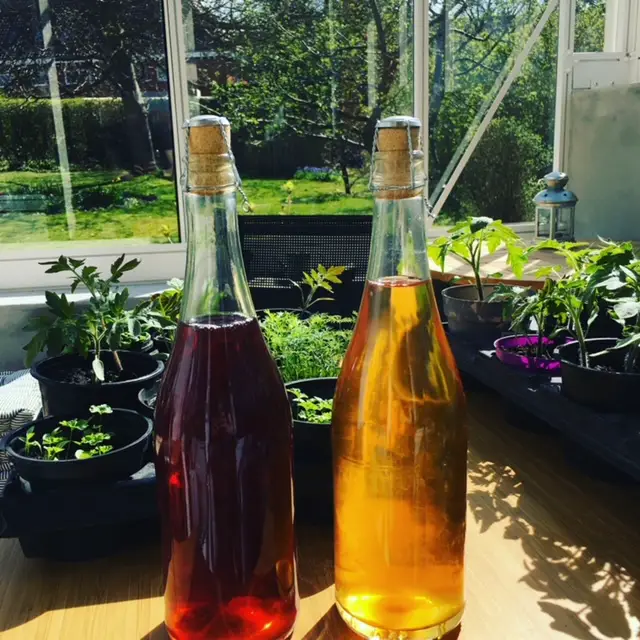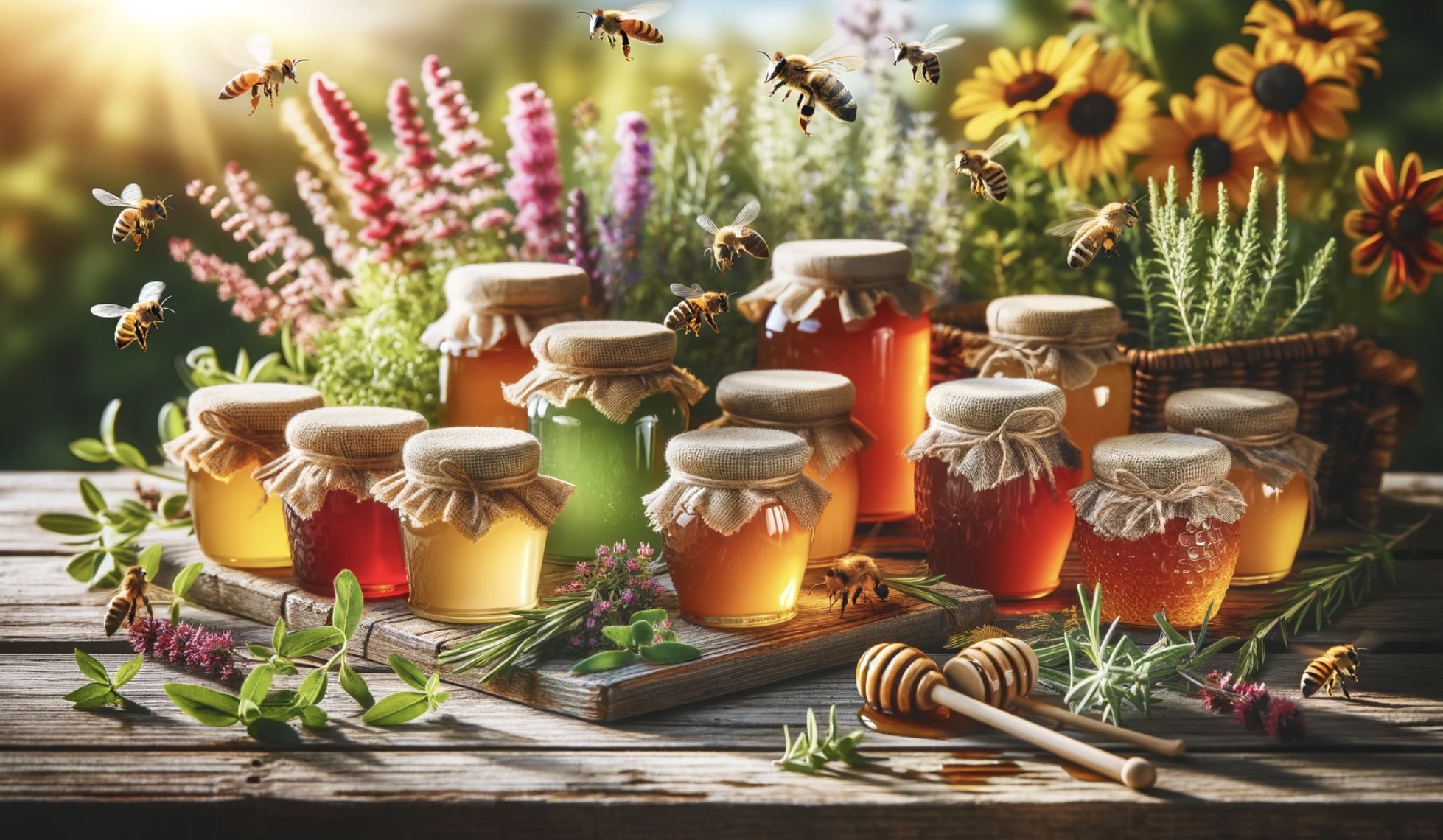Moscato d’Asti is a beloved sparkling wine hailing from the Piedmont region of Italy. With its sweet, fruity flavors and light, effervescent bubbles, it has become a favorite among wine enthusiasts worldwide.
However, if you’re looking to explore new flavors or simply want a change of pace, there are many wines that offer a similar experience.
In this blog post, we’ll discuss five fantastic alternatives to Moscato d’Asti, including:
1. Brachetto d’Acqui
2. Prosecco
3. Lambrusco
4. Clairette de Die
5. Pétillant Naturel
Whether you’re a seasoned wine taster or just beginning your journey into the world of wine, these options are sure to delight your palate and expand your horizons.
1. Brachetto d’Acqui
The Basics
Brachetto d’Acqui is another Italian sparkling wine, this time originating from the Acqui region in Piedmont.

Made from the Brachetto grape, this wine is known for its distinctive red hue, inviting floral aromas, and flavors of fresh strawberries and raspberries.
The Experience
As you pour a glass of Brachetto d’Acqui, you’ll immediately notice its vibrant, ruby-red color, which sets it apart from the pale, straw-yellow Moscato d’Asti. The aroma is intoxicating, with notes of roses, violets, and ripe red berries.
On the palate, Brachetto d’Acqui is sweet and slightly effervescent, with a velvety texture that coats the mouth. The finish is long and satisfying, with a hint of delicate tannins that balance the sweetness.
2. Prosecco
The Basics
Prosecco is an immensely popular sparkling wine from the Veneto region of Italy. Made primarily from the Glera grape, Prosecco is characterized by its light, refreshing taste and lively bubbles.

The Prosecco Experience
While Prosecco is not as sweet as Moscato d’Asti, it shares many similar qualities, making it a delightful alternative for those who enjoy the Italian sparkling wine.
Prosecco is pale gold in color, with a nose of green apple, pear, and citrus.
On the palate, it’s crisp and refreshing, with flavors of apple, pear, and lemon zest that dance on the tongue. The bubbles in Prosecco are generally more pronounced and persistent than those in Moscato d’Asti, making it an excellent choice for celebrations and toasts.
3. Lambrusco
The Basics
Lambrusco is a family of red and rosé sparkling wines from the Emilia-Romagna and Lombardy regions of Italy. Made primarily from the Lambrusco grape, these wines are known for their fruity flavors, refreshing acidity, and gentle effervescence.
The Lambrusco Experience
Lambrusco can range from dry to sweet, but the sweeter styles offer a lovely alternative to Moscato d’Asti. Depending on the specific variety, Lambrusco can be ruby red or deep purple in color, with a nose that bursts with aromas of cherry, blackberry, and plum.
On the palate, Lambrusco is juicy and fruit-forward, with flavors of ripe berries, cherries, and a touch of earthiness. The soft bubbles and bright acidity make Lambrusco a versatile food-pairing wine, especially with rich, savory dishes.
4. Clairette de Die
The Basics
Clairette de Die is a sparkling wine from the Rhône Valley in southeastern France. Made primarily from the Muscat and Clairette grapes, this wine is known for its sweet, fruity flavors and delicate bubbles.
The Experience
Clairette de Die is pale gold in color, with a nose of peach, apricot, and honeysuckle. On the palate, it’s delightfully sweet and fruity, with flavors of ripe stone fruit, honey, and a hint of tropical fruit.
The bubbles in Clairette de Die are fine and persistent, creating a velvety, luxurious mouthfeel.

Like Moscato d’Asti, Clairette de Die is an excellent choice for sipping on a warm summer day or pairing with light desserts.
5. Pétillant Naturel
The Basics
Pétillant Naturel, or “Pet-Nat” for short, is a type of sparkling wine made using the méthode ancestrale, which predates the traditional Champagne method.

Pet-Nat wines can be made from a wide range of grape varieties and can range from sweet to dry.
The Pet-Nat Experience
While Pet-Nat wines can vary greatly depending on the grape variety and winemaking style, many offer a fruity, slightly sweet profile that Moscato d’Asti lovers will enjoy.
The color of Pet-Nat wines can vary from pale gold to deep pink, and the nose often displays aromas of fresh fruit, flowers, and yeast.
On the palate, Pet-Nat wines are lively and refreshing, with flavors of ripe fruit, citrus, and a touch of minerality. The bubbles in Pet-Nat wines are typically soft and frothy, creating a fun, easy-drinking experience.
What Would I choose?
In this blog post, we’ve explored five fantastic alternatives to Moscato d’Asti, each offering a unique and delicious wine experience.
Whether you’re drawn to the floral, fruity flavors of Brachetto d’Acqui, the crisp, refreshing taste of Prosecco, the juicy, berry-forward profile of Lambrusco, the sweet, velvety texture of Clairette de Die, or the lively, versatile nature of Pétillant Naturel, there’s a wine out there waiting to delight your palate and expand your horizons.
As a personal recommendation, I would suggest trying a bottle of Brachetto d’Acqui, as its vibrant red color, inviting floral aromas, and flavors of fresh strawberries and raspberries are sure to enchant Moscato d’Asti lovers and introduce them to a wonderful new world of wine.
If you are more adventurous, I would also try to venture into the world of Pet-nats as these natural sparkling wines really do have something to offer, but they are harder to acquire and a bit hit-and-miss sometimes… They are great fun to brew yourself though!
Cheers!
FAQs
Is Moscato considered cheap wine?
Moscato is often considered an affordable wine option due to its relatively low price compared to other wine varieties. However, it is important to note that the perception of cheapness or affordability can vary depending on personal preferences and individual budgets.
Are all Moscato wines sweet?
No, not all Moscato wines are sweet. While Moscato is known for its sweetness, there are variations that can range from dry to sweet. It ultimately depends on the winemaking process and the specific style preferred by the producer.
What wine is most similar to Moscato?
A wine that is most similar to Moscato in terms of sweetness, floral aromas, and fruit-forward flavors is Riesling. It also offers a similar level of acidity and can be enjoyed as a refreshing, lightly sparkling or still wine.
What wine is similar to Moscato but not as sweet?
A wine similar to Moscato but less sweet is Riesling. It offers similar floral and fruity aromas, but tends to have a drier taste profile.
Which Moscato is sweetest?
The sweetness level of Moscato can vary depending on the specific brand and style. However, Moscato d’Asti is generally considered to be one of the sweetest variations of Moscato.
Which wine is most similar to Moscato?
A wine that is most similar to Moscato in terms of flavor profile and sweetness is the Italian sparkling wine, Asti Spumante. It is made from the same Moscato Bianco grape and offers similar fruity and floral characteristics with a touch of effervescence.




